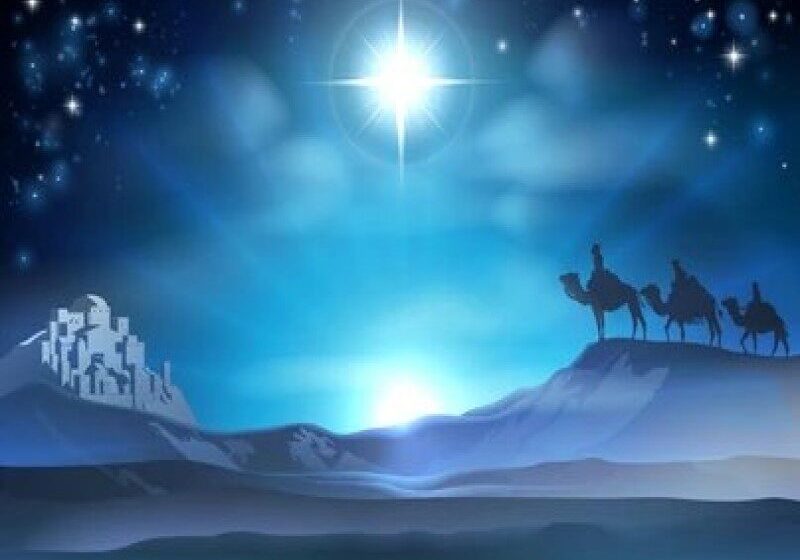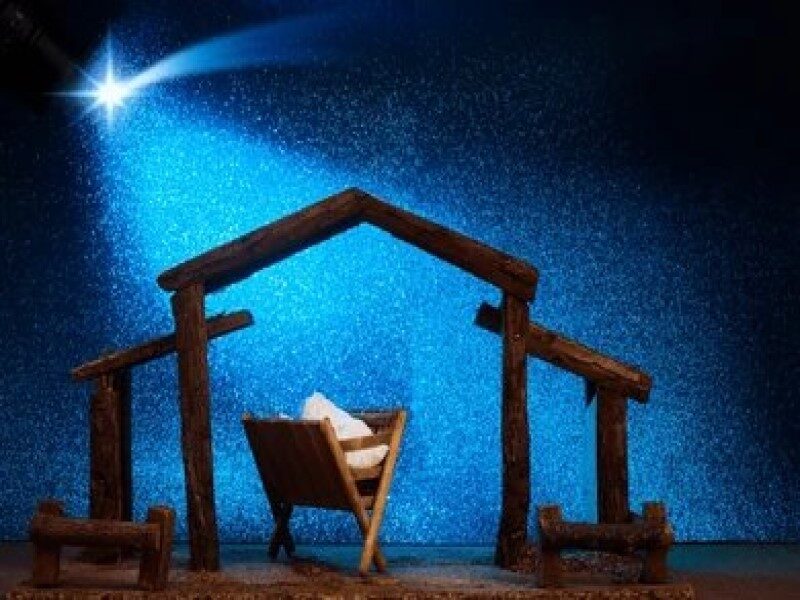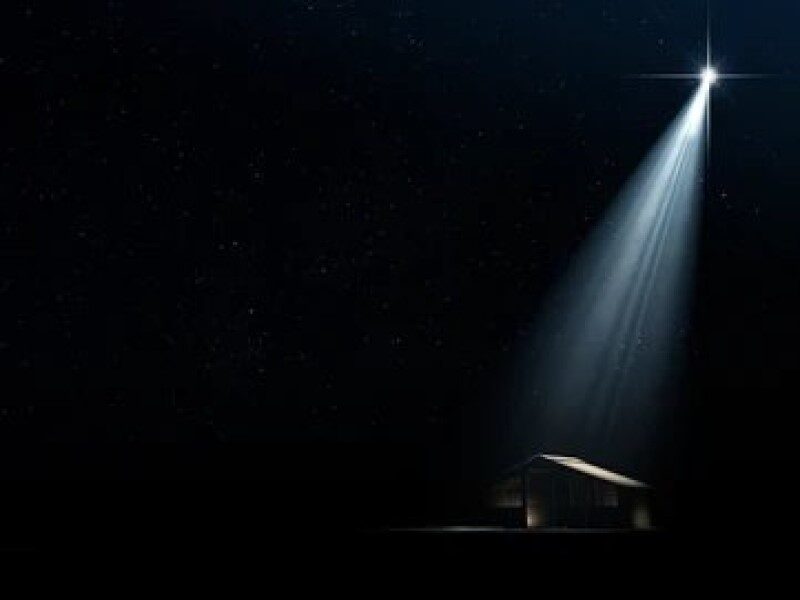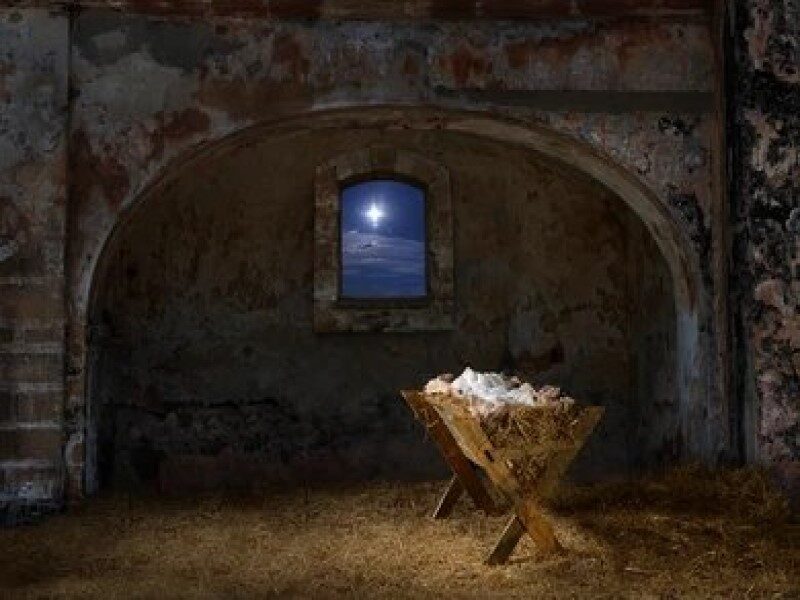The Starry Symbolism of Barn Stars: Investigating Historical and Cultural Norms with Reference to Predestination as well as Hexing

Barn Stars
A barn star, also known as a five-pointed medallion, is not just an embarrassment of Barn Riches, but a keeper. It is directly connected with cultural and spirituality, traditional and folklore components. These stars are either hand painted or are made up of sheets of metal that have attracted the farmers and folk art lovers. But more to the point what do these stars signify? Now it’s important going through a little more detailed information and analyze the function of barn stars and their popularity.

Starting from the Pennsylvanian Dutch Culture and Tradition – Barn Stars
Barn stars can be dated to start in the early 1830s, it basically comes from the Pennsylvania Dutch or the Amish. These are people who have been described to be barefoot and needless, they do not use any form of literacy in their trade, and therefore have kept folklore tales for decades. Indeed, it appears that the barn stars in question may not have originated from the North American colonials but from Germany’s folk art brought or imitated by the Europeans.
To eliminate confusion, Patrick Donmoyer a director of the Pennsylvania German Cultural Heritage Center of the Kutztown University was so kind to give his perspective on this distinguished between barn stars and hex signs. He attempts to help the audience realize that they must comprehend there are two different group categories. ”Therefore, one includes the barn stars, and then the hex signs. ”
An item which is believed to ward off an evil spell. – Barn Stars
He said he discovered that, in the beginning, barn stars served an apotropaic role of warding off evil and negativity from farmers and their crops. Now, according to the local traditions, it was thought that each of the colors of the barn stars had some meaning. For instance, a shining green star was interpreted to mean the productivity of the land hence the people would be happy because the land would produce a lot of food. Blue or black stars were said to be responsible for protection and they could act as a shield to protect a farmer with the family as well as the cattle from different evils. A warm brown star was friendship and comradeship to me.

Hex signs: historical evolution – Barn Stars
Hex signs though can also be found on barn in combination with barn stars but then they do not share the same past. According to Donmoyer, hex signs were used in various ways and not necessarily strictly linked to the Amish community: Some were painted for use as marriage hex signs, to bless the newlyweds and others for grave stone hex sign with intention to guide the newly dead. While barn stars were more earthly in their theme, such as hexagonal patterns of hex signs may be connected to the rather paranormal or mystical quite often.
Hex signs’ shifting from the concept of being purely functional as a marker of a barn to becoming the preferred choice for a decorative motif that it was during the 1950s was also partly in relation to a misconception. In the year 1924, New England artist named Wallance Nutting mistaken over the originality in the form of recognition of barn stars and then quilt squares to creation Hex signs as they are known today.
Cultural Crossovers: In the article entitled Protective Symbols Across the Globe, Palmieri (2008)’. It is the intention of this writer to describe some protective symbols from various parts of the world.
Habits to be presented herein will prove that the employment of such protective motifs is not unique to the Pennsylvania Dutch. From the beginning of humanity or as observed throughout history, different cultures have used talismans and charms as articles which are cut, made or created to handle evil and to prevent misfortune as well as to seek luck, success as well as happiness from time to time.
The circle and the dot at the center of the Om symbol may be interpreted, for Hindus and Buddhists, as the merging of the two divine energies: male and female; or as the illustration of the cosmos, minutes, hours, etc. , coming from the center. Another canopic jar symbol that is familiar to a lot of folks is the Eye of Horus’s image that was incorporated into tombs and walls as well as utilized as amulets since it represented health and protection from diseases. The featured Hamsa Hand is traced to Middle Eastern and Mediterranean regions while it is considered to ward off the spirit or the evil eye and encourage prosperity.
Referring to the Native Americans and African tribes, it is stated that turtle has the cultural importance as the sign of long life, wisdom, fertility and the earth. The Helm of Awe which originated from the Vikings of the Norsemen culture was believed to keep off evil doers and in fights.
Looking at the history of barn stars, the use of stars as identifiers has been quite persistent as a concept as well as in practice.

Even though people no longer believed that the barn stars could grant them certain supernatural abilities, they are still popular symbols and beautiful decorations. These celestial signs are still in existence giving a touch of elegance to the barns in United States, a way of reminding people of the past culture and as a way of relating with the soil.
Looking at barn stars as a folk art, a superstition protection or simply a belief in good luck, these stars are uniquely appealing forms of art. These five-pointed wonders have skyrocketed from their simple beginnings and are now the symbol of American folk, retaining faith in roots and people’s longing for a spark of enchantment in their lives.
Apart from being significant more from the cultural and historical points of view, barn stars have also made their way into the world of modern design and decorations. Such fence motifs are homely and carry associative connotations that imply the protection of good luck and thus are loved by homeowners and design studios.
Barn stars can add a bit of country home feeling to the interior or a part of a city loft. They can be hanged on the walls or on the mantel together with other forms of decorations or can even be incorporated in furniture as decorations. It can fit almost any home design, which creates a unique and playful atmosphere in any room.
Modern popular motifs include as well barn stars; it is present in various clothing and accessories collections. Quite often the symbols can be come across on T-shirts, jewelry and even on handbags. This trend is also reflective of the mystical interest of people in folk-art which is one of the traditional forms of art.
No matter whether the barn star is found on a country barn, a newly-built house, or in a fashionable accessory, it acts as a signal, pointing to the fact that symbols continue their work, as well as telling a number of stories. It bears evidence that basic instincts of human being are to be related, protected and feel the existence of miracles.
The next time one is blessed to come across a barn star, it will be helpful to know that unlike what is often obvious to the naked eye, it is not only a piece of art in the middle of the rural fields, but also it also has a story, a meaning and a hope. And within that small but rich detail lies another image of integration between the old and the new and the hope for a better future.